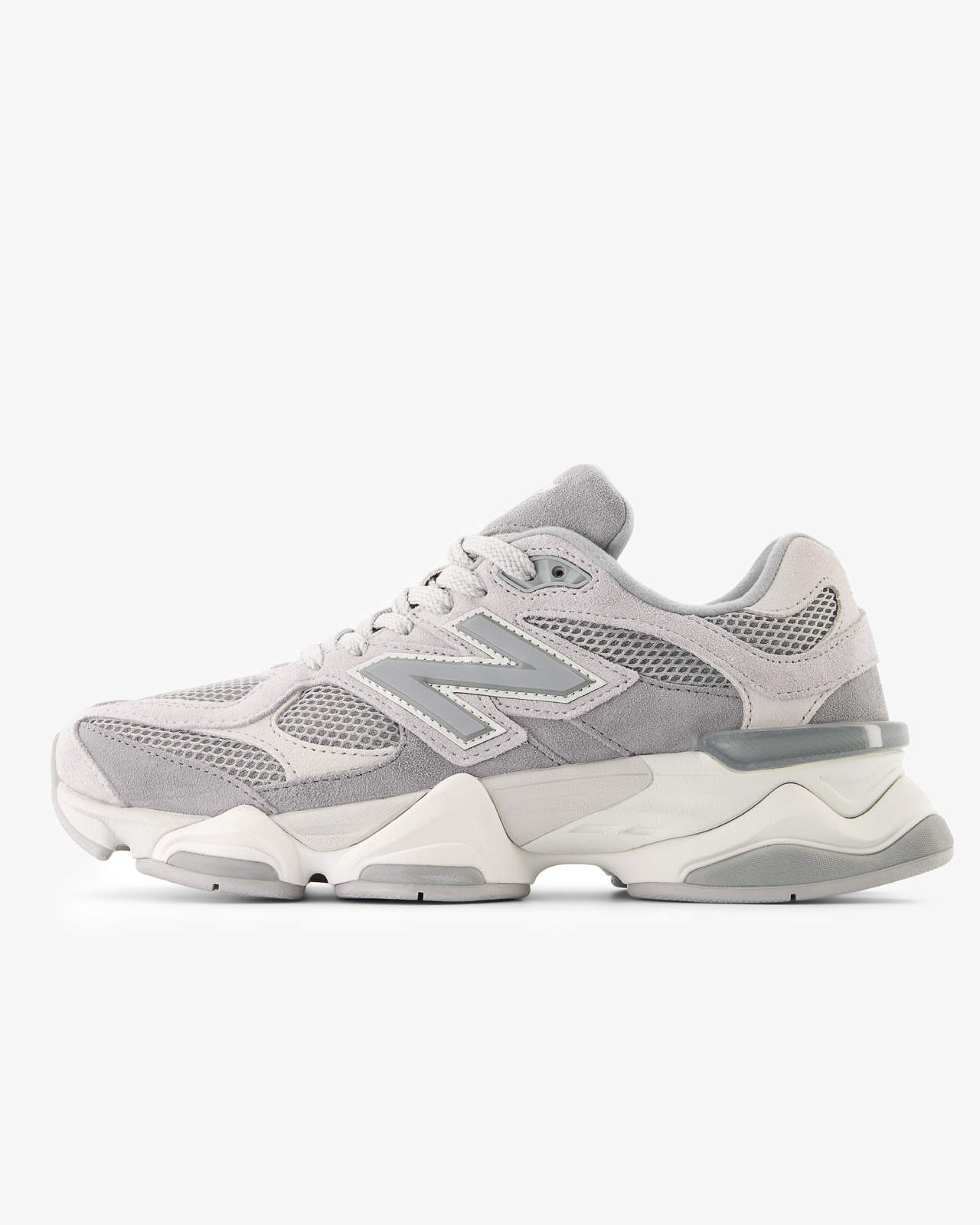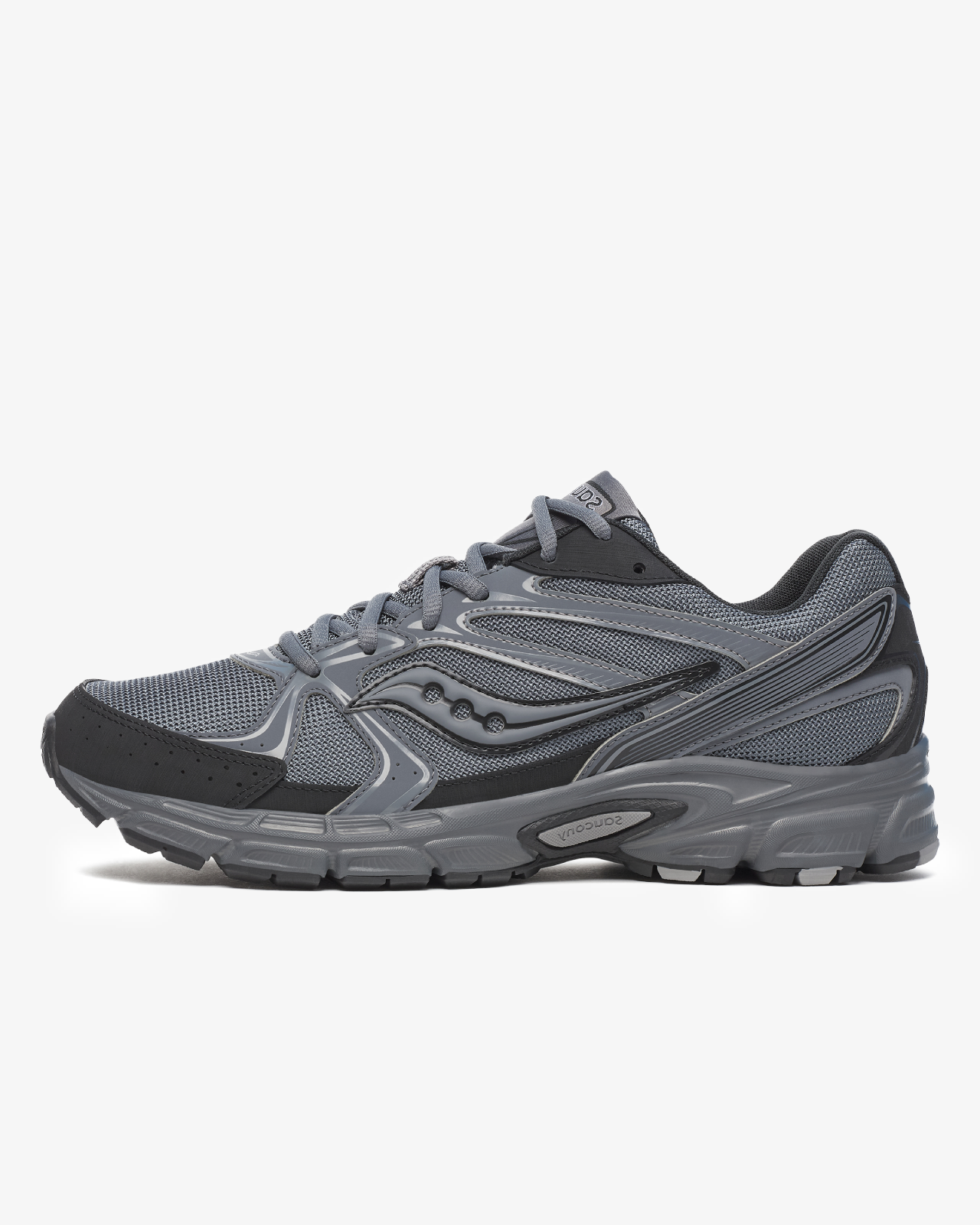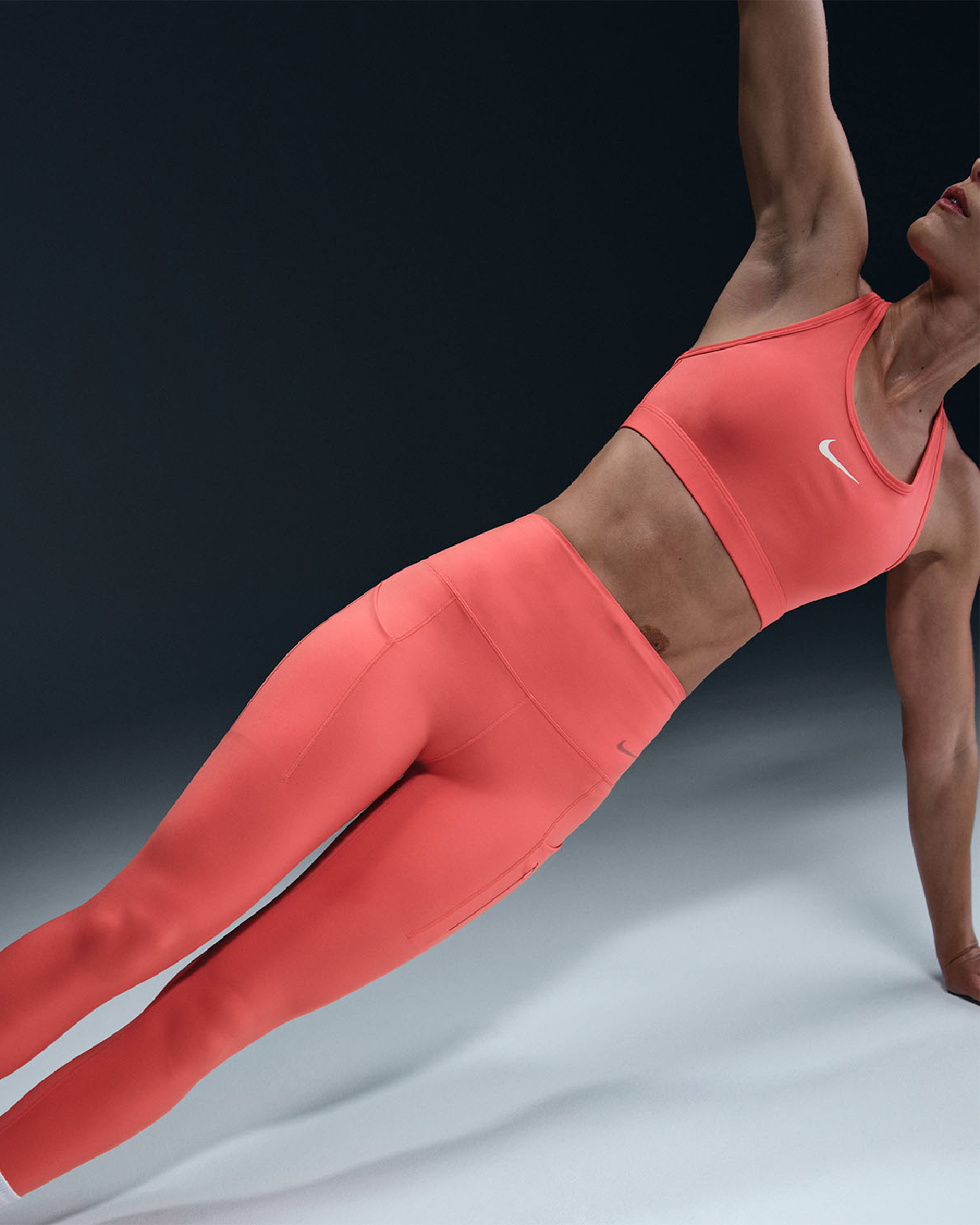In the modern world of sports and fitness, technical fabrics play a crucial role in the comfort and performance of athletes. Unlike traditional fabrics like cotton, modern sportswear uses high-tech materials specifically designed to meet the unique demands of physical activity. But what exactly makes technical fabrics so special and why have they become an indispensable element of every active person's wardrobe?
Evolution of technical fabrics in the sports industry
Before the advent of specialized technical fabrics, athletes trained primarily in cotton clothing. Although cotton is natural and pleasant to the touch, it has serious drawbacks during intense physical exertion – it retains moisture, becomes heavy, and creates discomfort.
The revolution began in the 1970s with the introduction of synthetic fibers into the sportswear industry. Polyester, nylon, and spandex gradually transformed the way sportswear was designed. Today, leading brands are investing millions in developing innovative technical fabrics that combine functionality with style.
Key milestones in the development of technical fabrics:
- 1970s – First high-performance synthetic fabrics
- 1980s – Introduction of Lycra (spandex) and a revolution in elasticity
- 1990s – Development of moisture management technologies
- 2000s – The emergence of "smart" thermoregulating fabrics
- 2010s to Present – Integrating Environmentally Sustainable Solutions and Biomimetic Technologies
Technological advances have not only changed materials, but also blurred the line between sportswear and casual wear, creating the "athleisure" phenomenon, where functionality and fashion meet.
Key properties of modern technical fabrics
They offer a number of benefits that traditional clothing cannot provide. These properties are the result of precise engineering at the fiber and fabric level.
Moisture management and quick drying
Unlike cotton, which absorbs and retains sweat, technical fabrics like polyester have a special structure that:
- Draws moisture away from the skin to the outer surface of the fabric
- Allows sweat to evaporate quickly
- Keeps athletes dry even during high-intensity workouts
This is especially important, as wet clothing can cause discomfort, chilling of muscles, and even chafing of the skin.
Elasticity and flexibility
Materials such as spandex and lycra provide:
- Up to 500% stretchability without deformation
- Perfect fit to the body
- Freedom of movement
- Compression effect that supports muscle function
Table: Comparison between technical and traditional fabrics
| Property | Technical fabrics | Traditional fabrics |
|---|---|---|
| Moisture removal | Excellent | Weak |
| Drying time | 15-45 minutes | 2-3 hours and more |
| Wear resistance | High | Medium to low |
| Stretchability | Up to 500% | Up to 5-7% |
| Thermoregulation | Active | Passive |
| Weight | Lightly | Heavier, especially when wet |
Durability and endurance
Modern sportswear is designed with long-term use in mind:
- Resistance to frequent washing
- Retains shape without stretching or shrinking
- UV resistance for outdoor activities
- Durability in extreme conditions
Additional functional features
Modern fabrics often include:
- Antibacterial properties - prevent the development of unpleasant odors
- UV protection - protects the skin from harmful sun rays
- Thermoregulation - special technologies that cool in warm weather and retain heat in cold weather
Some innovative ones even have built-in microcapsules with phase-change materials that actively regulate temperature according to conditions.
How the right sportswear improves your performance
Choosing the right sportswear with technical fabrics can significantly improve your athletic performance. Here's how:
Maximum comfort = Better concentration When you're not distracted by discomfort, you can focus fully on your training or competition. Technical fabrics eliminate irritants like moisture, chafing and restricted movement.
Better recovery Compression can:
- Improve blood circulation
- Reduce muscle vibrations
- Accelerate the removal of lactic acid
- Aids recovery after intense exercise
Optimal choice according to the type of sport
For running and cardio workouts:
- Lightweight, breathable fabrics with excellent moisture wicking
- Seamless construction for minimal friction
For yoga and stretching:
- Highly elastic fabrics such as nylon and spandex blend
- Yoga pants and leggings with 4-way stretch
For strength training:
- Compression fabrics for muscle support
- Durable materials in contact with equipment
For outdoor activities:
- Multi-layer systems with waterproof technical fabrics and temperature regulation capabilities
- Fabrics with UV protection and thermoregulation
Tips for choosing sportswear with technical fabrics:
- Pay attention to the composition - look for polyester, nylon, spandex or combinations thereof for optimal results
- Consider the season and environment - different climates require different fabrics
- Try on the clothing - move around in it to check flexibility and comfort
- Check labels for special technologies - many brands have patented technical solutions
- Invest in quality - good technical fabrics retain their properties for longer and provide comfort
Conclusion
Clothing plays a key role in improving performance in various sports. Sportswear is created with special fabrics that provide the resistance and durability needed for intense physical activities. Thanks to fabrics with unique properties, it allows athletes to move freely, without discomfort. Some models include compression, which helps muscle stability and faster recovery. They are activewear, indispensable for anyone looking for maximum comfort and efficiency in sports.
Technical fabrics have revolutionized sportswear, providing previously unseen levels of comfort and functionality. Thanks to properties such as effective moisture wicking, flexibility, durability and thermoregulation, modern sportswear has become a true ally of athletes.
When choosing your sportswear, pay attention to the technical characteristics of the fabrics and how they match your specific needs. Remember that the right clothing is not a luxury, but an investment in your performance and comfort.
Are you using the full potential of technical fabrics in your workouts? Share your preferences and experiences in the comments!








